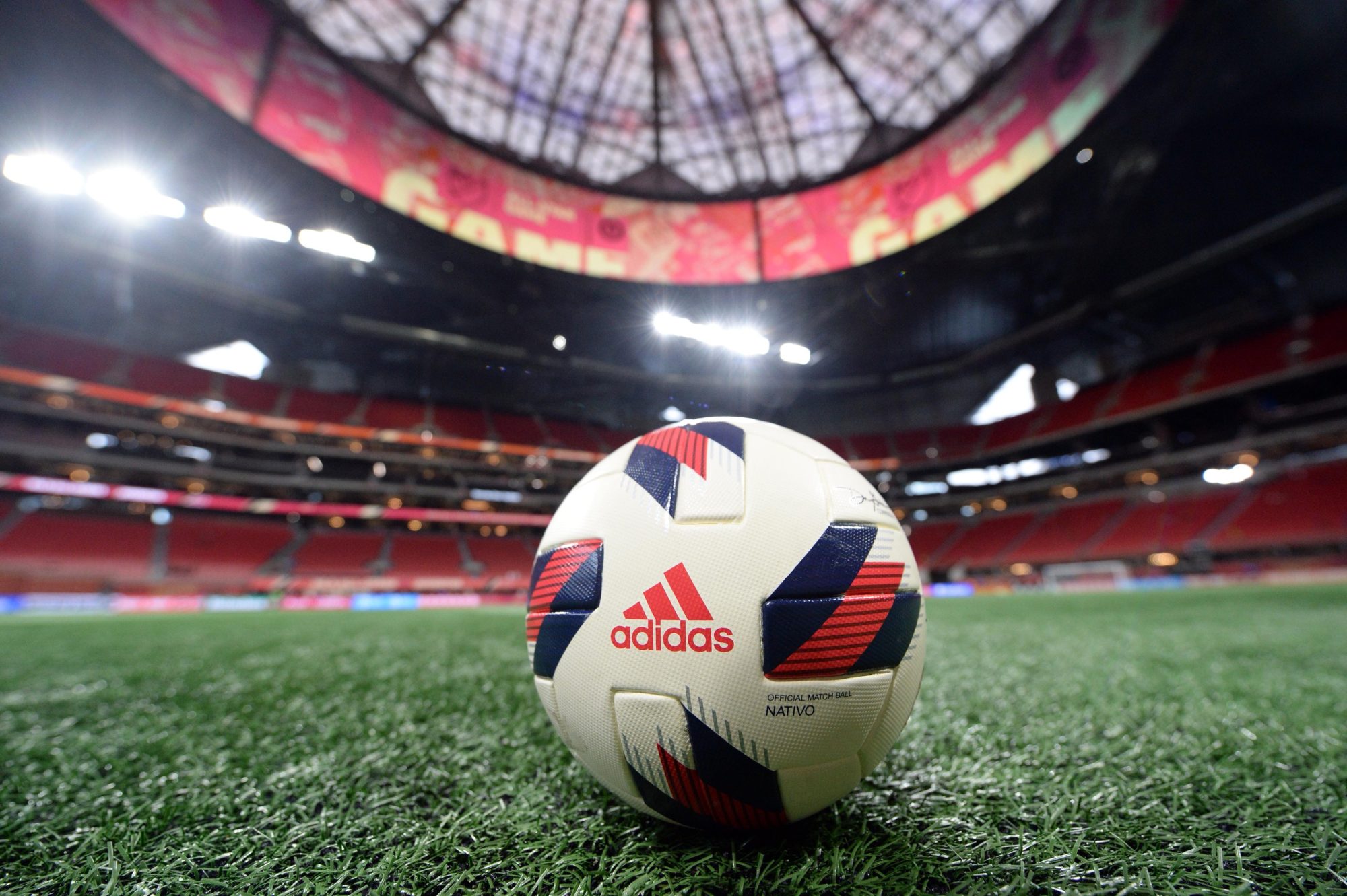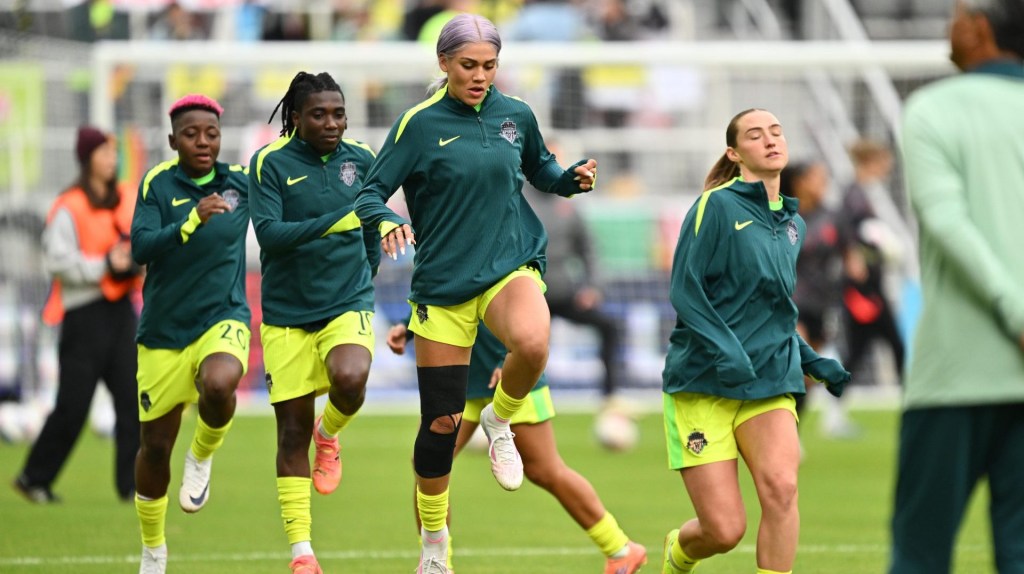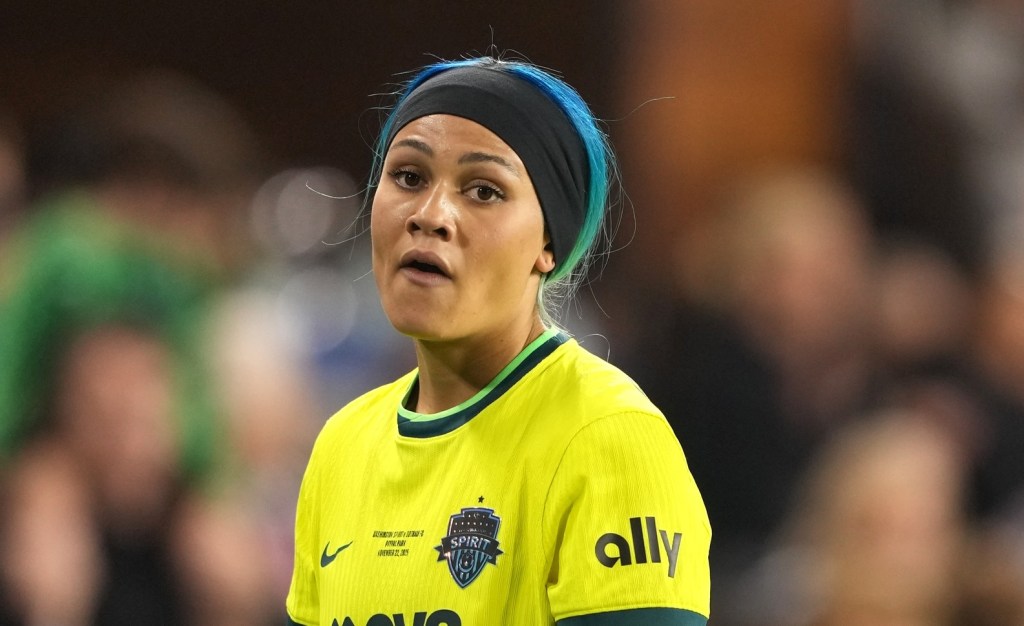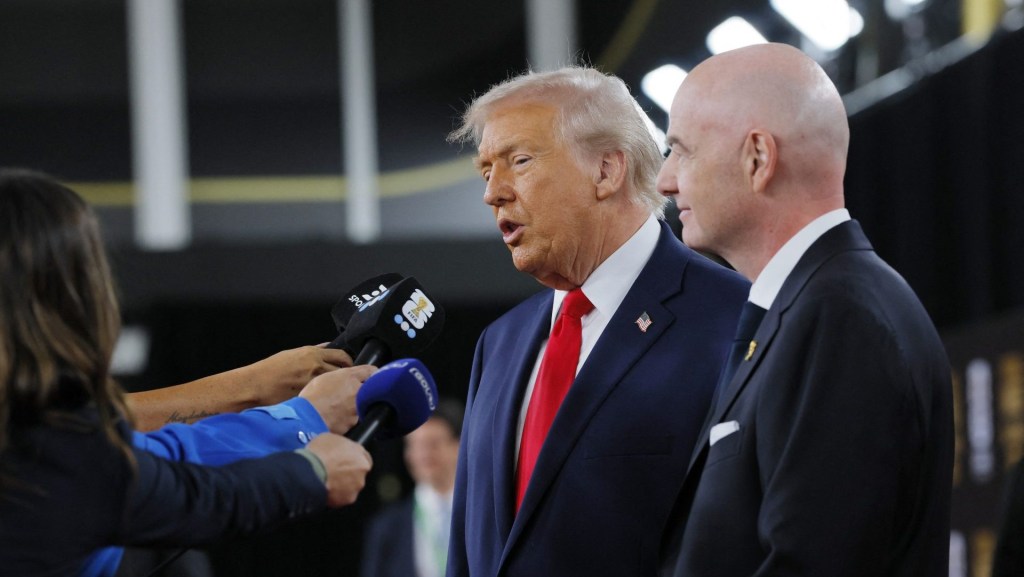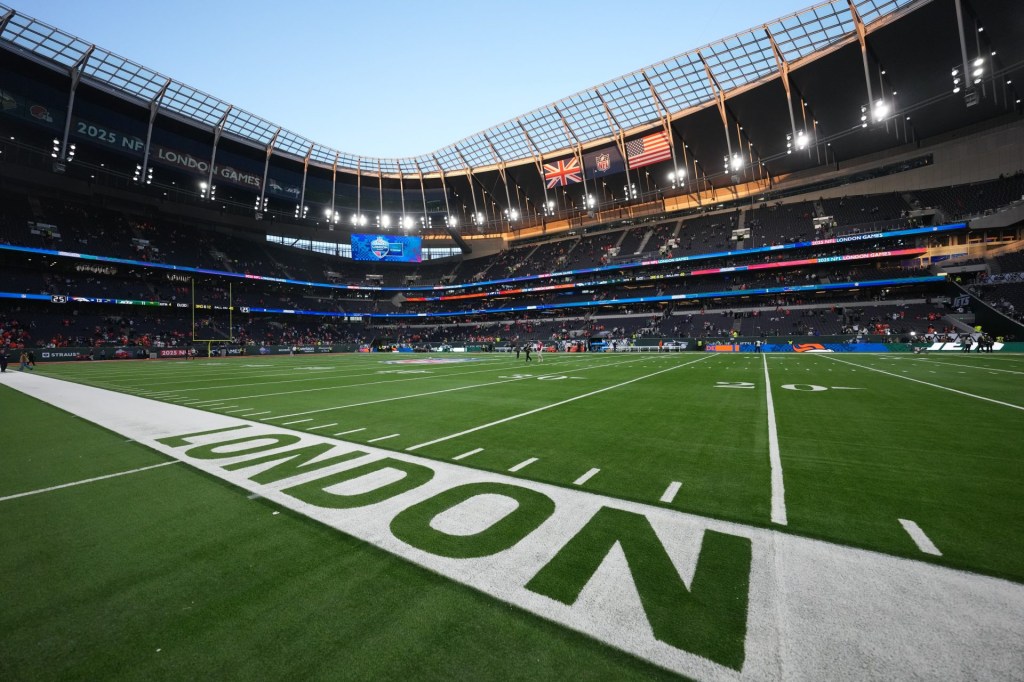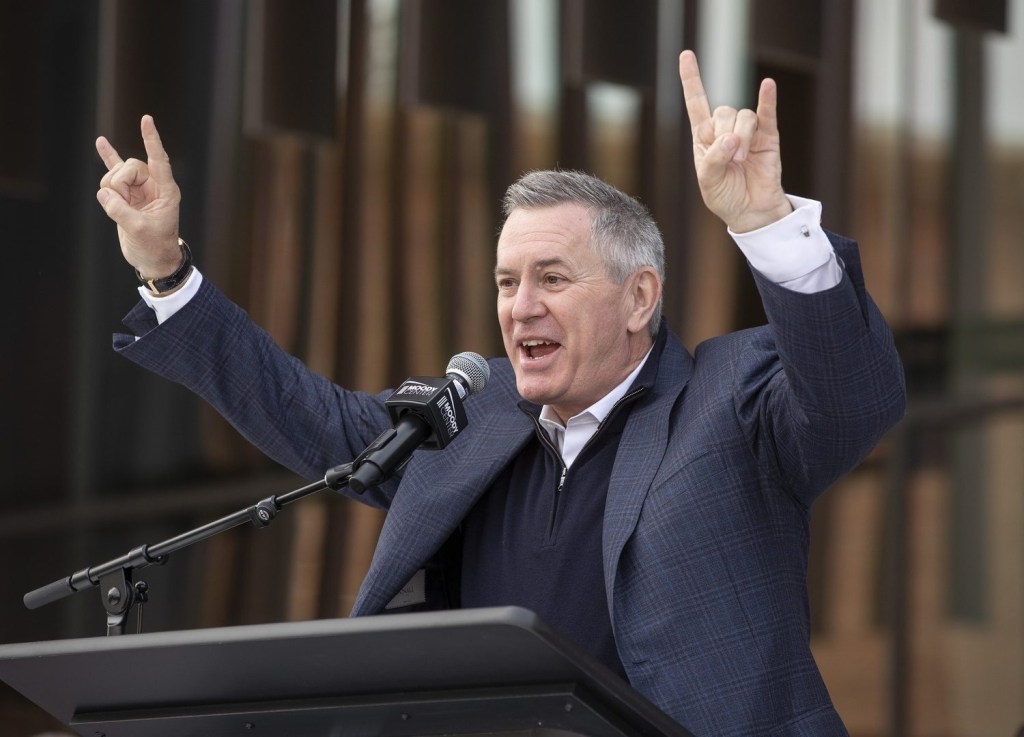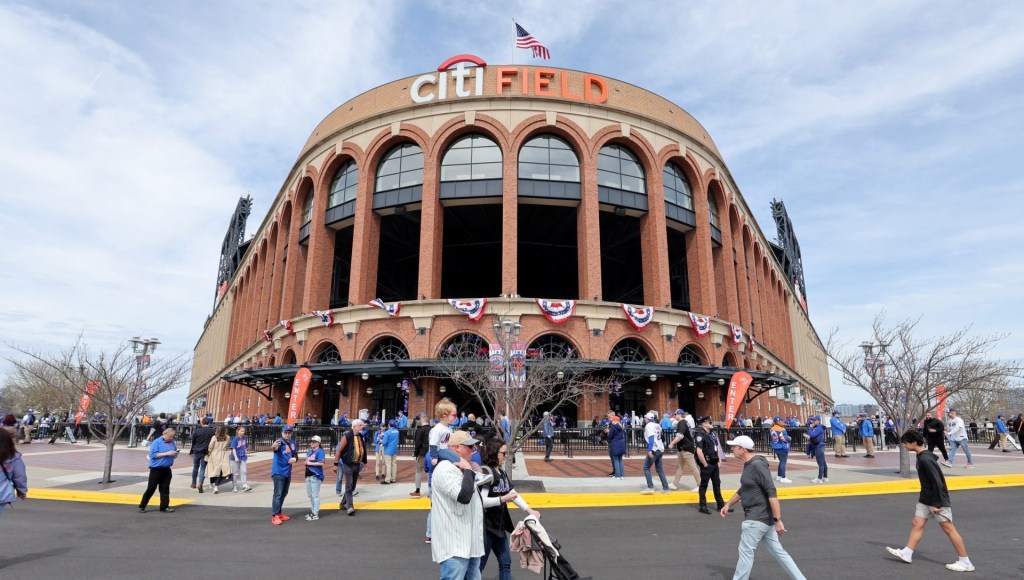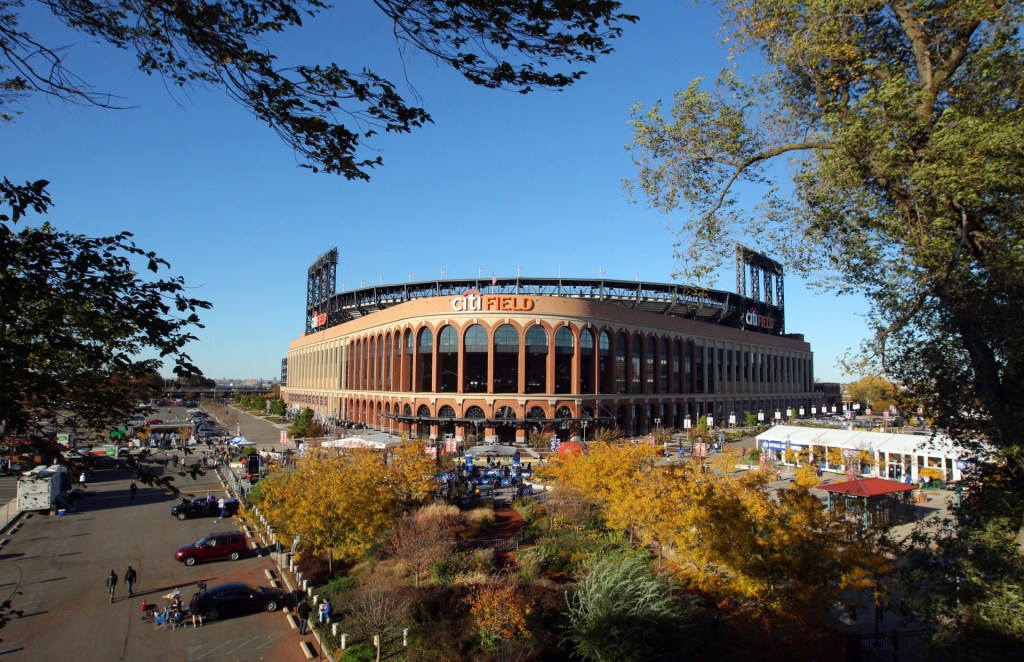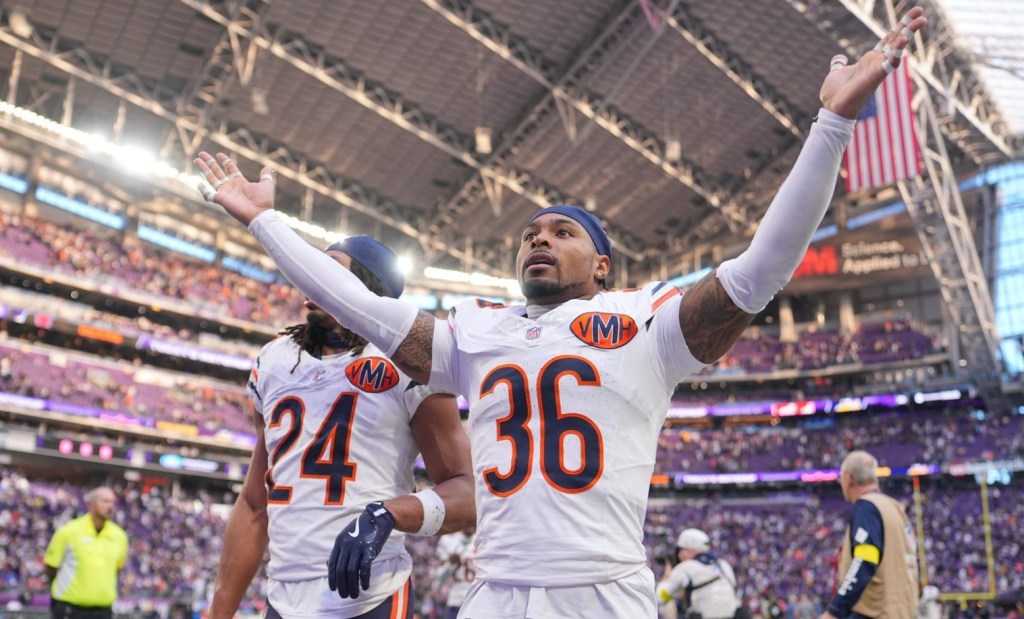This summer’s Copa América is set to provide a preview of a hot-button issue involving NFL stadiums hosting the 2026 FIFA World Cup in North America. Both international soccer tournaments require matches to be played on natural grass surfaces, which exist only in half of the American football stadiums.
When superstar Lionel Messi and Argentina kick off Copa América on Thursday night in Atlanta, the match against Canada will be played on a temporary grass field that was installed at Mercedes-Benz Stadium (above, with artificial turf), the home of the Falcons and United of MLS. Five other NFL stadiums in Charlotte, Dallas, Houston, Los Angeles, and New York have made the short-time switch from artificial turf for Copa América, too.
NFL Players Want Grass
Last fall, the NFL Players Association made a public push for more grass playing surfaces. Jets quarterback Aaron Rodgers notably tore his Achilles on MetLife Stadium’s artificial turf field, sparking more debate around the topic. Former Giants quarterback Eli Manning, who played at that venue, told Front Office Sports Today that sometimes artificial surfaces are still necessary, though. “The turf gives you a reliable field all the time,” Manning said.
This spring, Falcons president Greg Beadles pointed to the downtown location of his team’s stadium, which opened in 2017, as the main reason for not having a natural playing surface. “It’s just not tenable to have grass,” he told FOS.
Cost Savings
In 2026, seven NFL stadiums will have to make the temporary switch to natural grass for the World Cup (five of which are doing the same for Copa América). A permanent natural grass field could require a cold-weather team to spend $2 million to $3 million per year to maintain, as opposed to approximately $1.25 million to install and maintain turf, according to ESPN.
